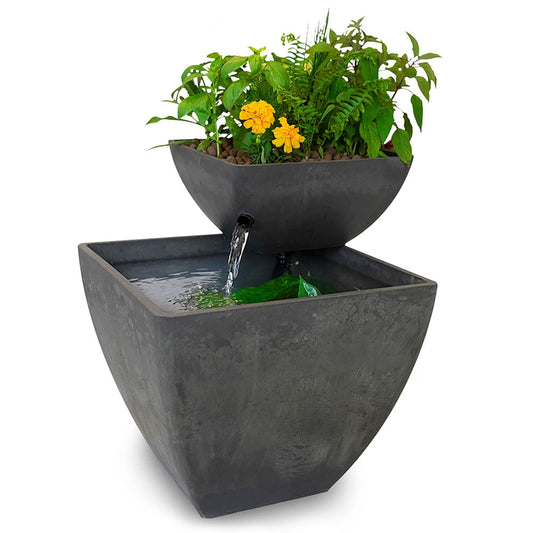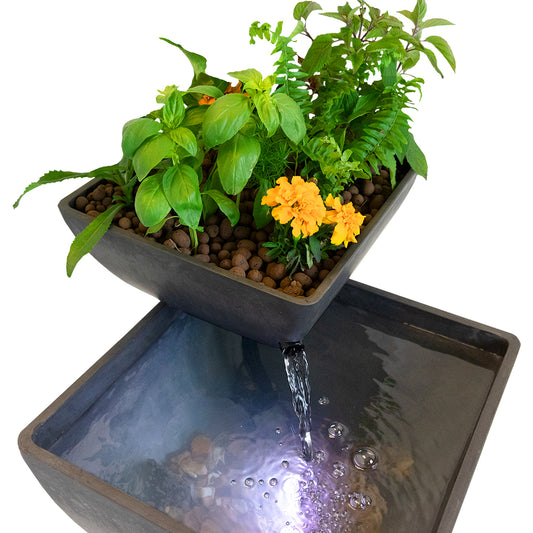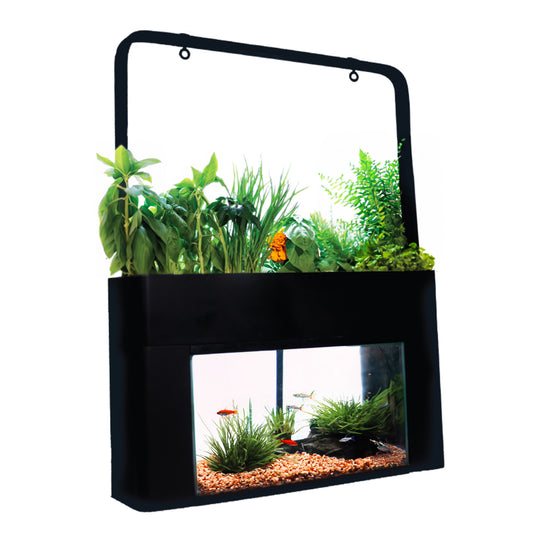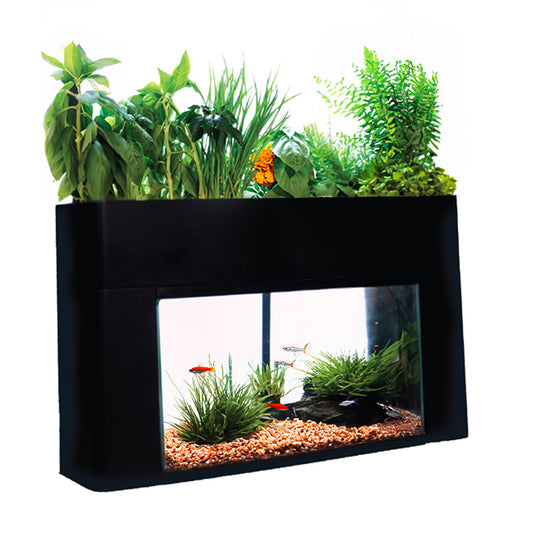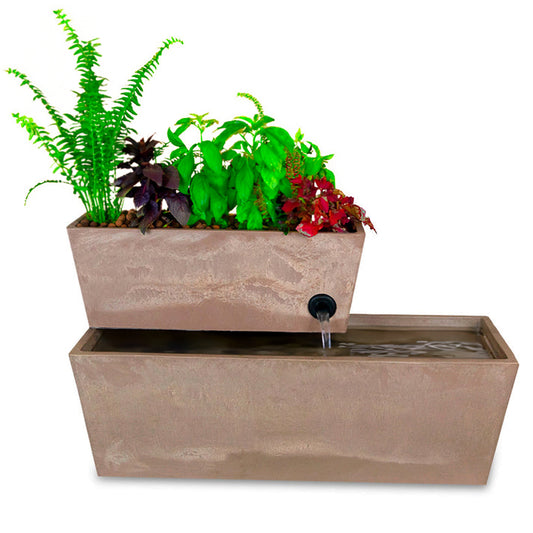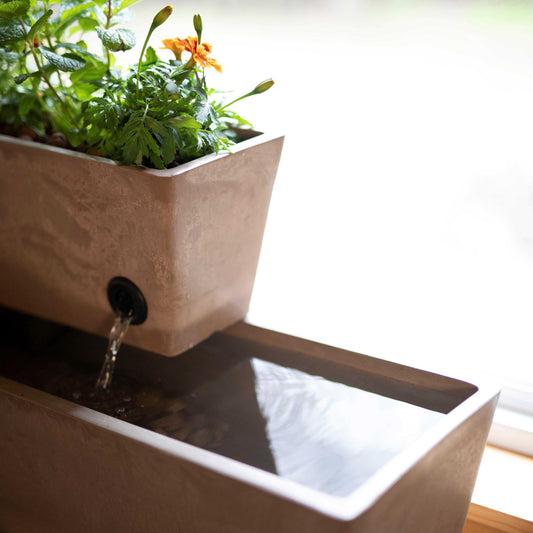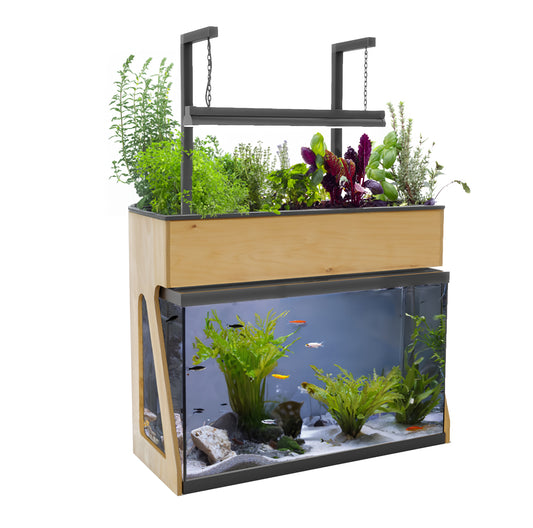Introduction
In recent years, the world of aquaponics has seen exciting advancements, particularly in our understanding of the intricate relationships within microbial ecosystems. One groundbreaking discovery is the unique communication mechanism utilized by marine cyanobacteria: membrane nanotubes. These microscopic structures act as tiny conduits, facilitating the transfer of materials and genetic information between individual cyanobacterial cells. This remarkable ability to interact and exchange substances not only alters our perception of these organisms but also has profound implications for their interactions with other species and their roles in aquatic ecosystems. Such insights could redefine the landscape of sustainable agriculture and aquaponics, enriching our food systems and enhancing crop resilience. (PubMed)
The Role of Cyanobacteria in Aquaponics
Cyanobacteria, often referred to as blue-green algae, are vital players in aquaponic systems, where they contribute significantly to nutrient cycling and the overall health of these innovative ecosystems. By fixing atmospheric nitrogen and producing essential bioactive compounds, they create a thriving environment for plants and fish alike. The recent discovery of their nanotube communication may revolutionize how we harness these benefits, as these channels could enable the efficient coordination of nutrient distribution, enhancing plant growth and overall system productivity. (MDPI)
Integrating cyanobacteria into aquaponics holds exciting possibilities; for instance, optimizing the communication networks of these organisms could lead to a more balanced nutrient supply, resulting in healthier plants and higher yields. Furthermore, their ability to interact with a variety of microorganisms enhances the robustness of aquaponic systems, contributing to greater biodiversity and pest resistance.
Challenges and Considerations
While the potential advantages of incorporating cyanobacterial nanotube-mediated interactions into aquaponics are appealing, challenges remain. Effective management of the microbial community is critical, as an imbalance can lead to issues such as harmful cyanobacterial blooms, which can threaten both aquatic life and the success of the aquaponic system. (AZoNano)
Aquaponic gardeners must adopt a proactive approach to maintaining optimal environmental conditions, including precise control over water quality, light exposure, and nutrient availability. Moreover, the introduction of genetically modified cyanobacteria, although potentially beneficial in increasing productivity, raises concerns about ecological risks that could impact local habitats and biodiversity. Thus, further research is essential to understand these organisms' interactions and the implications of integrating them into aquaponics more fully.
Opportunities for Sustainable Agriculture
The discovery of membrane nanotube communication in cyanobacteria illuminates the complexity and potential of microbial ecosystems, particularly in the field of sustainable agriculture. For aquaponic practitioners, this knowledge offers innovative pathways to create highly efficient, resilient systems. By fostering natural interactions between cyanobacteria and other microorganisms, we can unlock a new level of productivity while deepening our understanding of the intricate web of life that sustains our food systems. (Quanta Magazine)
Additionally, embracing these micro-level interactions could lead to the development of novel aquaponic designs that not only optimize nutrient cycling but also minimize resource input. Imagine an aquaponic farm where real-time monitoring of microbial health and interactions allows for an adaptive approach to farming—a system where each microorganism plays its role, contributing to a harmonious balance that enhances both productivity and ecological health.
Conclusion
As the research on cyanobacterial nanotube communication progresses, we are on the threshold of integrating these insights into practical applications within aquaponics and other sustainable agricultural practices. The tiny bridges built by cyanobacteria represent more than just molecular connections; they symbolize pathways to a more interconnected, efficient, and resilient future in food production. By embracing the complexity of microbial interactions, we can cultivate aquaponic systems that not only meet our immediate agricultural needs but also promote long-term ecological sustainability—a true revolution in how we think about growing our food.


